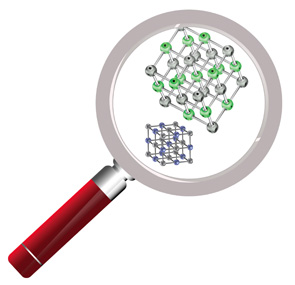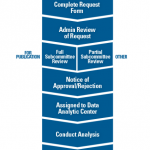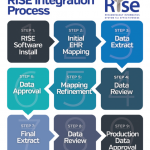 Advances in medical and information technology, such as online data registries and advanced genetic analysis methods, are driving new opportunities in rheumatic disease research, especially for rare diseases. While rare diseases by definition affect only a small portion of the population—a rare disease affects fewer than 200,000 people, according to the U.S. Food & Drug Administration—research on these conditions serves the broader medical community in multiple ways, including improving patient outcomes, increasing efficiency of therapies and advancing knowledge of disease-related pathways, which can lead to new targeted therapies for both rare and common diseases.
Advances in medical and information technology, such as online data registries and advanced genetic analysis methods, are driving new opportunities in rheumatic disease research, especially for rare diseases. While rare diseases by definition affect only a small portion of the population—a rare disease affects fewer than 200,000 people, according to the U.S. Food & Drug Administration—research on these conditions serves the broader medical community in multiple ways, including improving patient outcomes, increasing efficiency of therapies and advancing knowledge of disease-related pathways, which can lead to new targeted therapies for both rare and common diseases.
Jonathan Miner, MD, PhD, a rheumatologist and assistant professor in the Division of Infectious Diseases and Molecular Microbiology and Immunology Programs, Washington University School of Medicine, St. Louis, Mo., specializes in the intersection of innate immunity, antiviral immunity and autoimmunity. His team is currently studying several ultra-rare diseases, such as retinal vasculopathy with cerebral leukoencephalopathy (RVCL) and stimulator of interferon genes (STING) associated vasculopathy with onset in infancy (SAVI). Such diseases may affect only a few hundred individuals.
“My team works on diseases at the genetic and molecular level,” says Dr. Miner. “We approach research by asking what we can learn by comparing 50 patients with nearly identical clinical symptoms, rather than by studying hundreds or thousands of patients with matching diagnoses but varied symptoms.”
The Power of Information
A focus on symptoms can be especially important for patients with rare diseases, for whom getting an accurate diagnosis can be difficult.
Discovered in the 1980s, RVCL is a devastating disease that affects the brain, eyes, kidney, liver and, for some patients, the gastrointestinal tract and bones. In 2007, rheumatologist John Atkinson, MD, at Washington University, identified the dominant gene mutation that causes the disease. Individuals with the mutation invariably develop disease around age 40 or 50 and nearly all die within five to 10 years of disease onset. Despite ongoing research by Dr. Miner and his team, there is currently no therapy for RVCL. What’s more, many RVCL patients are misdiagnosed with systemic lupus erythematosus (SLE) or multiple sclerosis (MS). Unfortunately, the therapies for SLE and MS are ineffective for RVCL and, in some cases, can exacerbate the condition.
Dr. Miner recalls one international family with RVCL, saying their “entire village believed them to be cursed. Throughout the generations, they had lost many family members by age 45. Once the medical team identified the patient’s disease and other family members also were diagnosed with RVCL, they could say it was not a curse; it is this mutation and this specific disease. While some patients may receive a difficult diagnosis like RVCL, which is difficult to treat, it is still empowering for patients to be able to understand their diagnosis and its implications.”



